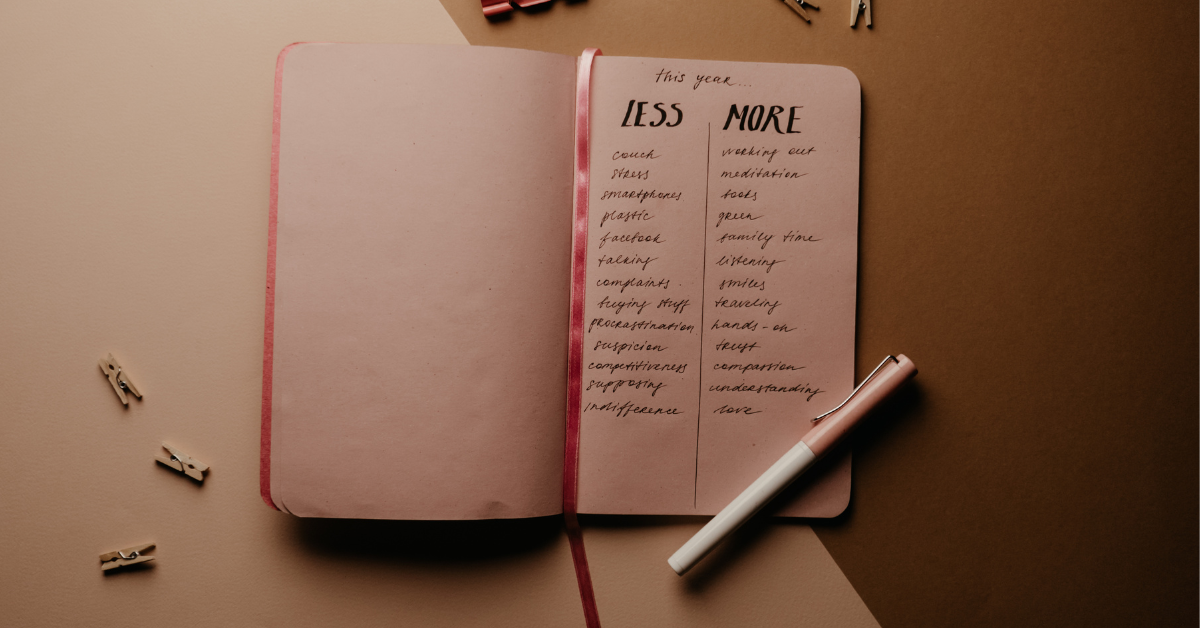Using Ahimsa, non-violence, in everyday life

This month I shared in a social media post how challenging it is for me to allow my teenage and young adult children to create their own life path. I am sure some of you can relate! I want to shield them from the hurt and disappointment that happens in life but ultimately, they must create their own life experience. My husband and I can offer them guidance and advice and be available to them but the challenges they will face will test them. During these tests, they will become more competent and compassionate humans.
This is a part of practicing Ahimsa, or non-violence. Ahimsa is one of yoga’s ethical principles. Literally translated from Sanskrit as “absence of injury” dating back to the Indian spiritual and philosophical wisdom as far back as 1900 BCE.
How We Treat Others
As in the example above with my kids, we do this as leaders in organizations or community groups. We think we know how to do something better or more efficient than someone on our team, so we do it ourselves. Or we don’t have the time to teach them how to do it properly, so we just do it. But by not allowing them the opportunity to take on a new task, project or role are we causing them harm? We are denying them an opportunity to learn a new skill and grow. And this becomes a habit. We take on more and more to the point that we harm ourselves. The stress and overwhelm starts to take a toll on our physical and mental health.
The Things We Tell Ourselves
Ahimsa, or non-harming, does not only apply to how we talk, think, and behave towards others but also ourselves.
What we say to ourselves are our body hears. If we say we aren’t strong, our body hears that and starts to believe it. It won’t perform like it has the potential to perform we have negative self-talk.
And it’s not just what we say to ourselves that can be harmful. It’s EVERYTHING we consume. Think about the tv and movies you watch, the books you read, the podcast you listen to, and the social media that you scroll through. It can totally change your mood, right?! EEK! And the comparison and judgement game start too! Cousin Becky’s weekend looks amazing, and I have been sitting on the couch in sweats all weekend. You start to think, ‘why don’t we go to XYZ and post pictures and look awesome.’ Let the mind spiral begin!
Practicing mindfulness is helpful for me to stop the spiraling. Mindfulness is being open and conscious in the present moment without judgement. Accepting what truly is in the moment not what we think it should be or want it to be.

Ahimsa on the Mat
How we speak to ourselves on the yoga mat or in any form of exercise is a lesson for us as well. When a pose is challenging, what internally are we saying to ourselves? Do you bring in judgement or criticism? Or are you encouraging and compassionate?
The first time I did a yin yoga class I learned this lesson. As a type A person, yin is a challenge for me. It allows me to slow down and surrender. Holding a seated forward fold for 5 minutes without moving for someone who has a hard time sitting still is like stopping time. I allowed my chin to drop into my chest, surrendered to gravity, and allowed my head to become heavy. As I felt the stretch in my upper back and neck slowly release, it felt amazing. The mental game I had to play with myself was the challenge. I kept thinking to myself, “Am I doing this right?” Perfectionism rearing its ugly head. The lesson for me was to release the perfection and to be kind to myself by tuning into what my body was feeling and to be present in the moment.
Most injuries occur transitioning in poses or pushing too far in a pose. Ahimsa while we practice is important.
How do you do that?
- Listen to your body. Sensation is ok but not pain.
- Focus on the breath. Has your breath become shallow and you need to back out of the pose slightly?
- Recognize how you feel that day. Should I take the full expression of the pose or modify?
Our practice will change day to day due to our stress levels, sleep habits, nutrition, hormones, etc. When we acknowledge where we are in the present moment, we are practicing self-care.

Striving To Live In Balance
The more we learn about ourselves through mindfulness and self-awareness, the more compassionate and kinder we can be to others. It’s important to slow down and allow time to have self-exploration. We can create space in our schedules and declutter to create space in our homes. Sometimes this is easier said than done, especially in a world where we schedule every minute of our lives and rest is viewed as laziness. Eventually, this imbalance will take a toll on our health-mind, body, and spirit.
Balance will look different for each of us. Only you know by listening to your inner voice what you really need to have balance.
I would love to hear how you strive for balance in your life and live in ahimsa in the comments below.
Much love and health,
Carrie


This was very pertinent. In spending a week with my family, I tend to judge. Why do they do things that way? My way is so much better. I never thought of this as violence but it makes sense. Gave me something’s to think about and work on. Thanks!
Glad you got something out of the post Michelle!